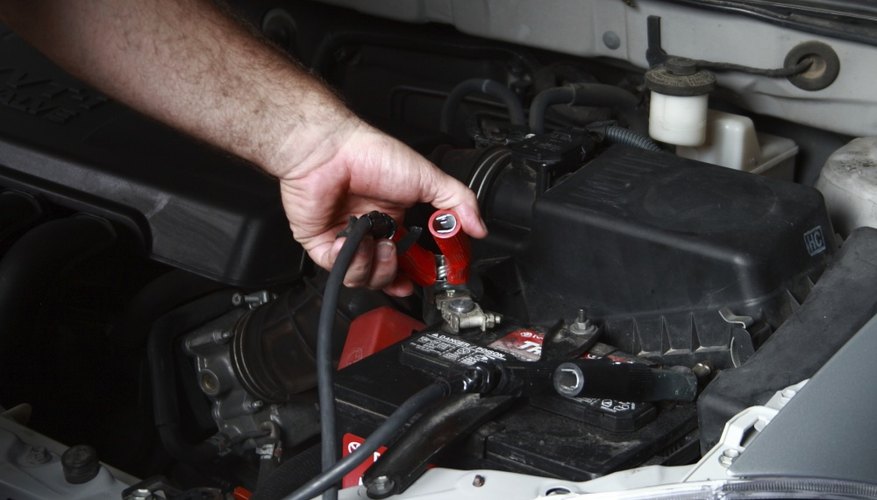The earth or “ground” connection between your car’s battery and the chassis is one of the return paths for all current flowing between the battery and the car’s electrical system. Consequently, a damaged cable, loose or corroded battery clamp or chassis connection, will interrupt the circuit and lead to a number of electrical faults, including overheated wires and cables.
Two earth connections
Apart from the insulated earth cable between your battery and the car’s chassis, there is a second important cable you should be aware of -- this is an open braided strap connecting the engine and drivetrain to the chassis. Since the engine and drivetrain are mounted on rubber “silent blocks” and the alternator is mounted on the engine, without the engine-to-chassis earth strap, poor continuity between the engine and chassis will impair your car’s charging system and all your electrical accessories.
Starting
One of the obvious symptoms of a poor battery earth connection is a clicking sound when trying to start your car. In some cases, the starter motor will kick in after the second or third attempt; in others, it will fail altogether. However, apart from a loose earth connection, the fault may be caused by bad starter motor solenoid. If this is the case, get it checked or replaced by a qualified technician.
- One of the obvious symptoms of a poor battery earth connection is a clicking sound when trying to start your car.
- However, apart from a loose earth connection, the fault may be caused by bad starter motor solenoid.
Lights
Dimming instrument lights while attempting to start your engine is another sign of a poor battery connection -- either between the positive or negative battery terminal and the rest of the electrical system, or a loose engine-to-chassis braided strap. In addition, your car’s headlights may dim or flicker during night driving.
Audio
Some car stereos draw over 100 Amps during full power, and the circuit’s continuity depends largely on the engine-to-chassis earth strap. If the audio quality falls off while driving, check the earth strap connection. Without a decent engine-to-chassis connection, the current will seek the line of least resistance via the throttle linkage or handbrake cable. High amperage throughput and excessive resistance then causes copper cables to overheat, melting and damaging the outer insulation. This could destroy your both your accessories and the car’s wiring harness, and in the worst case scenario, cause a deadly fire hazard.
- Some car stereos draw over 100 Amps during full power, and the circuit’s continuity depends largely on the engine-to-chassis earth strap.
- Without a decent engine-to-chassis connection, the current will seek the line of least resistance via the throttle linkage or handbrake cable.
Charging
If your battery fails to charge properly, apart from a dead battery cell, a poor earth connection will interrupt the electrical flow between your alternator and battery, causing it to slowly lose its charge. If the battery warning light comes on or starts to flicker while driving, check your battery and engine earth strap connections.
Testing
Set your Multimeter to the lowest Ohms of resistance setting and start the engine. Touch one of the probes to the negative battery pole and the other probe to a bolt on the car’s chassis. You should get a reading of at least 0.3 Ohms. If the readout stays at zero, the earth cable or chassis bolt is either loose or corroded. Repeat by touching one probe on a shiny engine bolt, and the other probe to a chassis bolt. If the needle or digital readout fails to respond, the engine-to-chassis strap needs attention or replacement.
- Set your Multimeter to the lowest Ohms of resistance setting and start the engine.
- If the readout stays at zero, the earth cable or chassis bolt is either loose or corroded.
